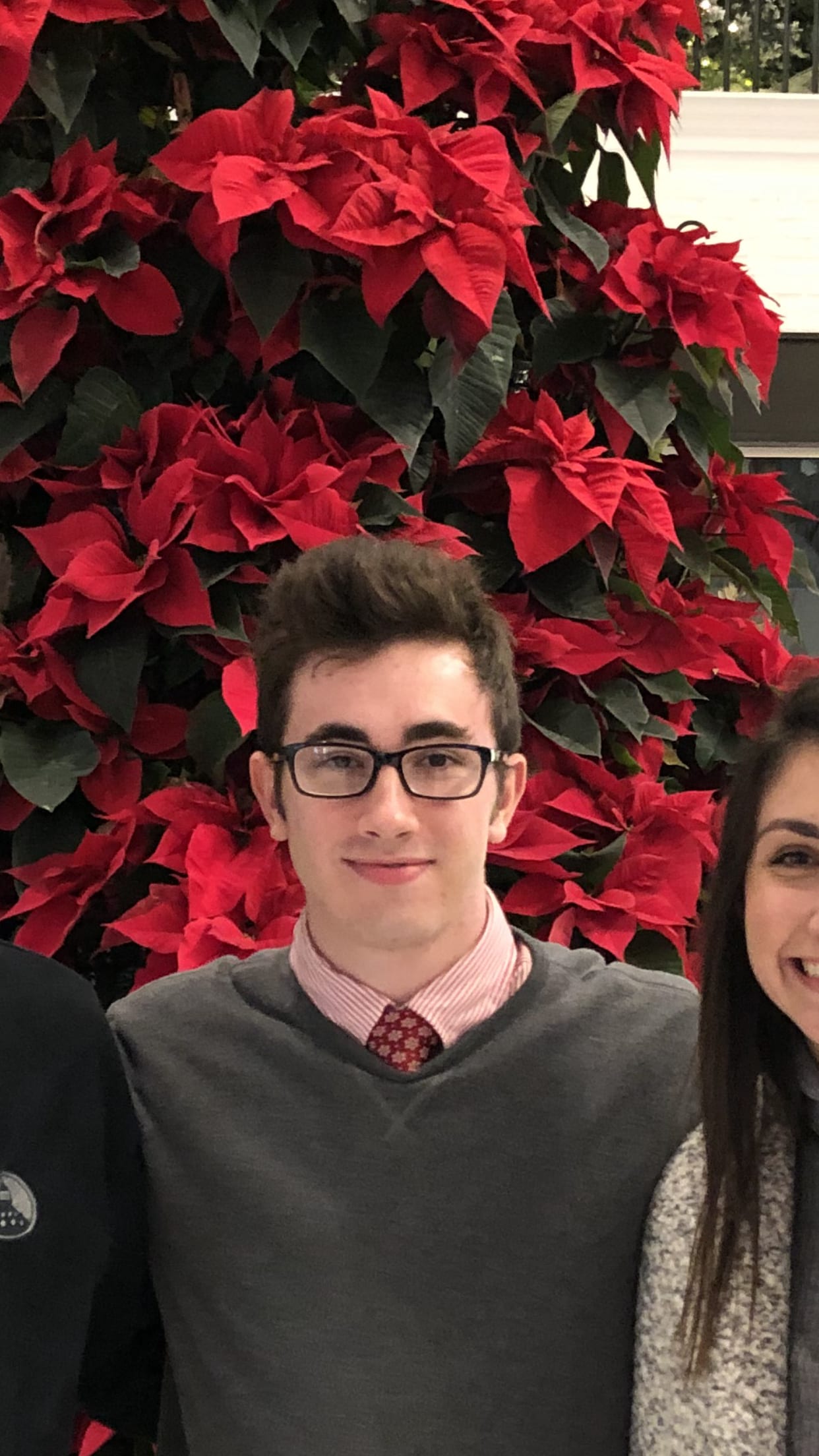The NCAA’s Board of Governors supported new guidelines earlier this week that expand name, image and likeness opportunities for student-athletes by allowing compensation from third-party endorsements.
While there are more details and guardrails that will be ironed out until its potential adoption January 2021 and institution at the start of the 2021-22 academic year, the rule changes would allow for student-athletes to receive compensation for endorsements and promotions with third-party entities. Players will be permitted to use their name along with their school and sport, but use of university and conference logos will be prohibited.
“Throughout our efforts to enhance support for college athletes, the NCAA has relied upon considerable feedback from and the engagement of our members, including numerous student-athletes,” Michael Drake, chair of the NCAA Board of Governors and Ohio State president, said in the NCAA statement. “Allowing promotions and third-party endorsements is uncharted territory.”
The board’s support signals a movement toward change, but there are still several components that will need to be worked out by the different NCAA divisions. While Gene Smith, co-chair of the NCAA Federal and State Legislation Working Group and Ohio State athletic director, noted that there will be no cap on the amount of compensation a student-athlete can earn, there will be guardrails that need to be laid out that can ensure honest activities are undertaken.
“We need to make sure that with this opportunity and the accountability and responsibility that we’re providing our student-athletes, we provide the protections necessary so that they can do it with integrity and the right way, and ultimately, not be taken advantage of,” Smith said.
The movement toward modernizing collegiate athletics is one that has been called upon for years, and the approval of third-party endorsements is a step in a direction that will better support student-athletes.
The idea behind the third-party element of this is to provide the athletes with the opportunity to profit off of social media, personal businesses and appearances without damaging competitive integrity.
“We want to make sure that our system continues to feature students competing against students, and not one where athletes are employees who are paid salaries or disguised salaries by their school,” Val Ackerman, co-chair of the working group, said.
The compensation will not be supported if it is considered pay for play, and there will be guardrails set up to prevent the movement from impacting recruiting and transferring in the college landscape.
The NCAA is engaging with Congress in order to establish a “safe harbor” for the NCAA against lawsuits over the implementation of new rules.
Congress will also be looked to help maintain the distinction between student-athletes and professional athletes as well as protect a student-athlete’s nonemployment status.
While the essence of the rule changes have been supported by the Board of Governors, the three divisions of the NCAA will work to outline the full guidelines and process of how the new way of life will be handled.
The divisions have been encouraged to follow the recommendations laid out by its Federal and State Legislation Working Group, and the detailed rules will be determined over the next 8-9 months.
The supported rule changes are much a work in process as details regarding appropriate compensation, agent involvement and other elements need to be worked out.
As far as managing the situation, there was an emphasis that it will most likely be a combined effort between the NCAA level and an institution’s compliance officers.
Smith emphasized a need to support and educate student-athletes through these changes, and the necessary guardrails will be set up to properly handle this new frontier.
Discussions over these rule changes will be had over the coming months.
